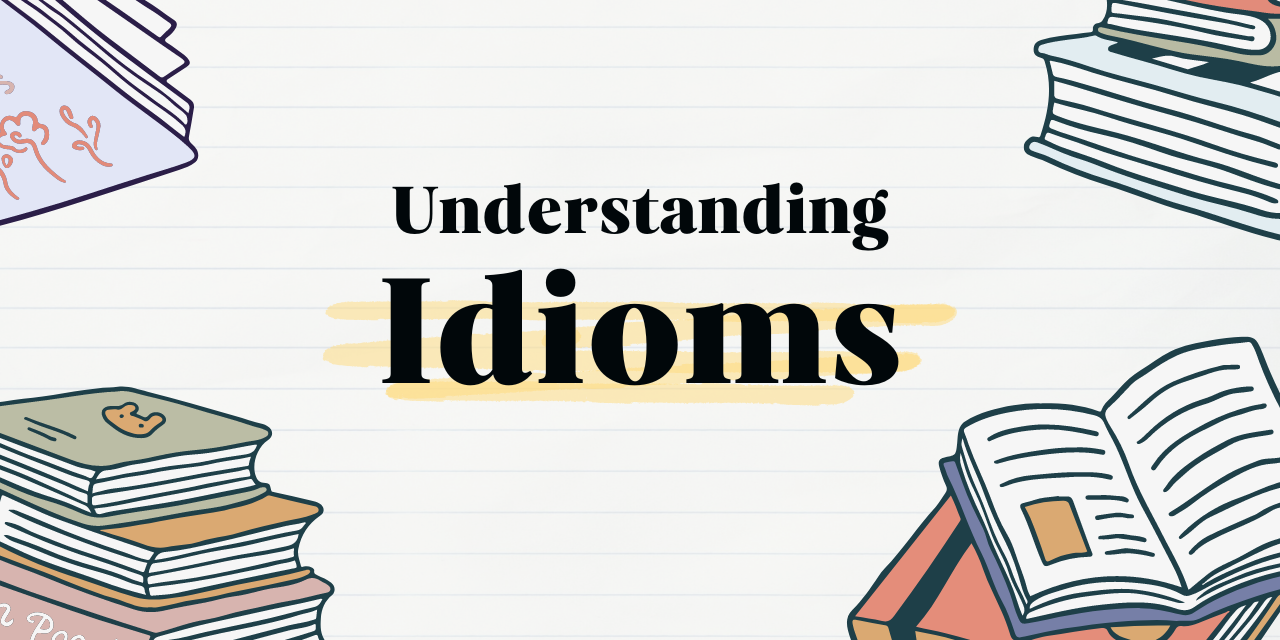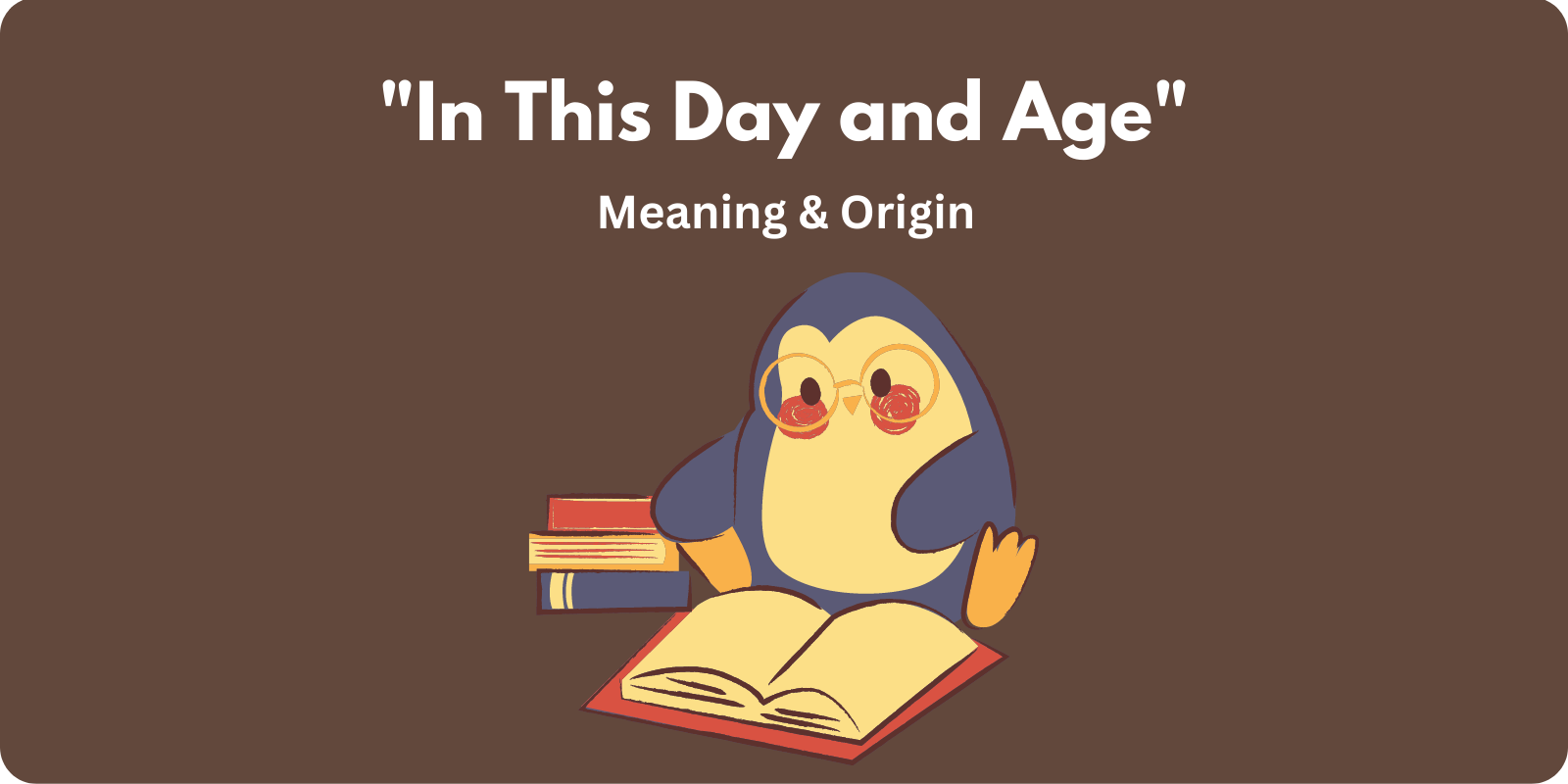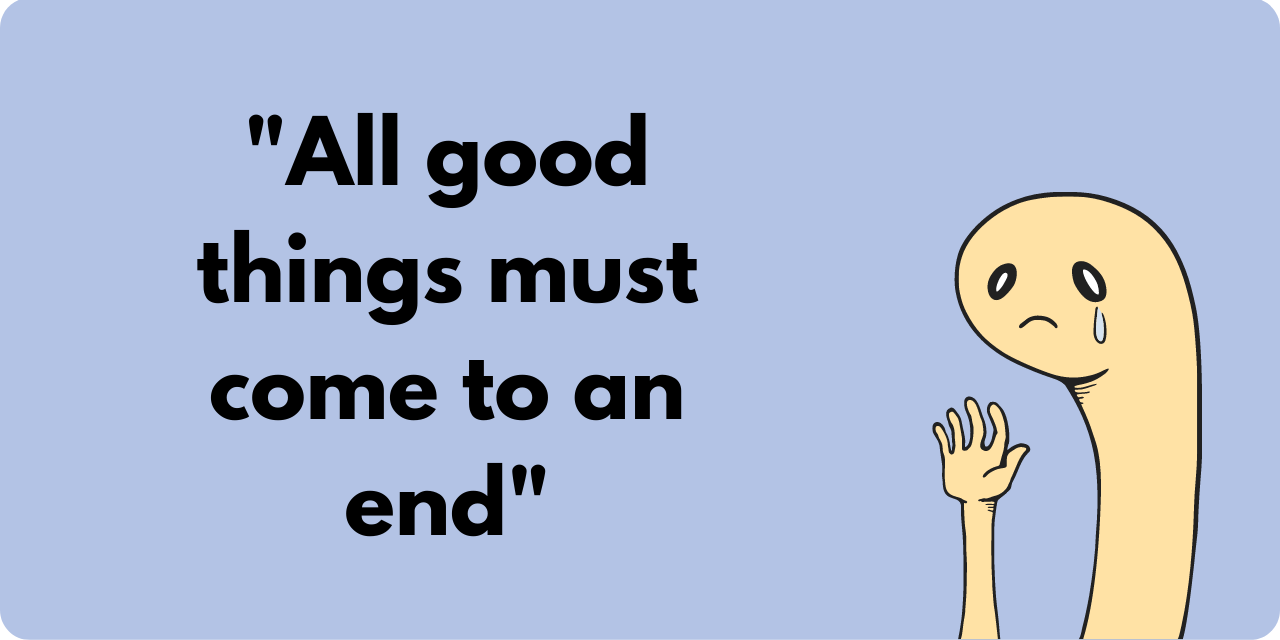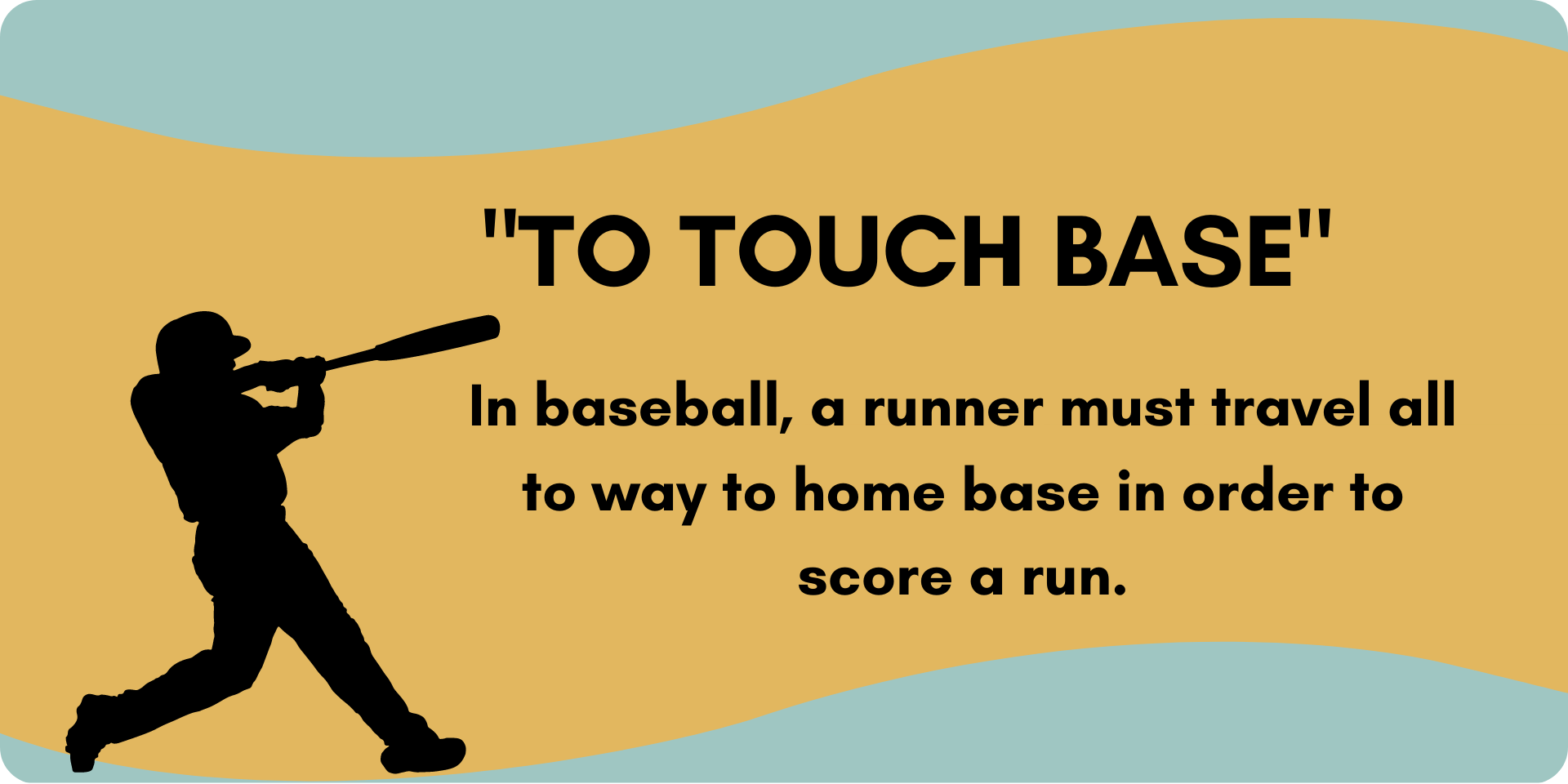Have you ever heard someone say that beauty is in the eye of the beholder? It means that there are different opinions on what is beautiful. One person may like how something looks, but another person thinks it’s ugly. So, beauty is subjective.
For example:
Jacob bought new plants for his garden. While he was putting them in, a neighbor came over and asked why Jacob had bought such a strange mixture of plants. She started giving advice on how to improve the garden. Jacob stopped her and said, “Well, beauty is in the eye of the beholder because I love these plants.”
Origins
The first known use of this phrase in print was in a book published by John Mason in 1863. It was called The Christian Miscellany, And Family Visiter. It refers to the phrase beauty is in the eye of the beholder as an old phrase at that time! So, it’s likely been around for over 200 years by this point.
Two other early uses of this phrase were in an 1874 volume of The Garderners’ Monthly and Horticulturist and the novel Molly Bawn in 1878.
Examples
Fred was tired of his ugly couch, so he put it out on the curb for the garbage men. Yet, it’s true that beauty is in the eye of the beholder because a neighbor liked it enough to haul it to her house.
She showed up in an outfit that made my eyes hurt. Then she said she’d bought it that day and was thrilled with the purchase. I guess that proves that beauty is in the eyes of the beholder.
Related: More common expressions explained here.
Want to sharpen your business writing skills? Discover our acclaimed online courses at syntaxtraining.com






